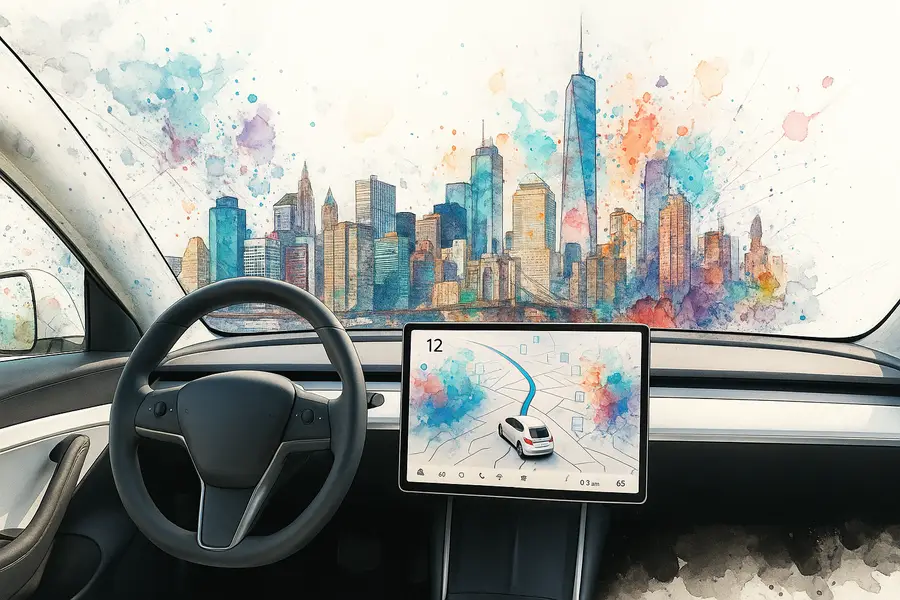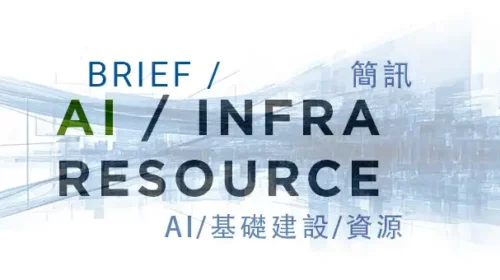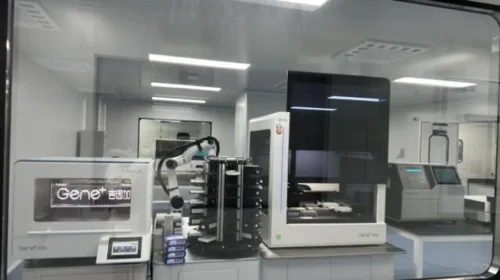China’s robotaxi commercialization faces hidden barriers

Key hurdles have shifted from purely technological breakthroughs to feasible business models and implementation of policy and regulatory frameworks
By Lead Leo Research Institute
In 2025, China’s robotaxi industry is entering a critical phase of scaled operations. Reducing hardware costs and optimizing algorithms are becoming essential prerequisites for commercialization. Tesla’s (TSLA.US) Cybercab — featuring a steering wheel-free design and a “boxless” manufacturing process — is expected to bring the cost per unit down to $25,000 by 2026, representing a 70% reduction compared to Waymo’s models.
Chinese players are also progressing: Baidu’s (BIDU.US; 9888.HK) Apollo RT6 uses mass-produced LiDAR to cut costs to $29,000, and WeRide’s (WRD.US) seventh-generation system reduces the number of sensors by 30% while improving perception accuracy.
At the policy level, over 10 cities, including Beijing and Shanghai, now permit fully driverless robotaxi services with fare collection. Shenzhen has further clarified that liability in accidents falls on automakers and system suppliers, accelerating the industry’s expansion.
Key barriers to national expansion
With robotaxi services increasingly appearing in daily life, what obstacles remain to nationwide deployment in China? Challenges include unclear profit models, fragmented regulation, and reliance on human safety operators. Yet with falling costs and growing policy support, robotaxis are moving closer to becoming commercially viable.
While technological progress remains crucial, commercial viability also depends on non-technical factors. A closed business loop is essential for scale. Robotaxis aim to replace traditional ride-hailing services with a more cost-effective solution by reducing labor costs and operating around the clock. In the short term, however, manufacturers face high upfront costs, including for vehicle production, sensors, maintenance, marketing, and retrofitting. In 2023, estimates placed these at 100,000 yuan ($13,950) for the base vehicle, 80,000 yuan per vehicle for sensors, another 80,000 for annual operations, and 10,000 yuan for retrofitting. The first three of those account for 37%, 29.6%, and 29.6% of total costs, respectively.
Regulatory alignment is another key factor, covering safety, ethics, and public acceptance. The full commercialization of robotaxis requires policy support — specifically, allowing them to operate freely on open roads like traditional ride-hailing vehicles.
When formulating comprehensive open-access policies, governments must take into account factors such as technology maturity, public acceptance, and potential safety and ethical concerns. Given these considerations, authorities have taken a cautious stance toward fully opening up robotaxi services, aiming to balance technological innovation with the need to ensure public safety and social stability.
Robotaxis boast high revenue potential — Waymo estimates six times the mileage of regular cars. But current limitations prevent them from operating in fully open environments, and their technological maturity remains under scrutiny. Substantial marketing subsidies, continuous R&D, daily maintenance, human backup drivers, and expensive custom vehicles remain heavy financial burdens for operators.
Still, the core manufacturing cost of robotaxis is increasingly coming under control, improving their labor replacement potential. As market awareness grows and regulation matures, pilot zones are expanding. Hitting a fleet of 1,000 vehicles is generally considered the breakeven point for most operators.
LeadLeo Research Institute is an original content platform for research on banks and companies and an innovative digital research service provider with nearly 100 senior analysts. You can contact the platform at CS@leadleo.com.
This commentary is the views of the writer and does not necessarily reflect the views of Bamboo Works
To subscribe to Bamboo Works weekly free newsletter, click here





